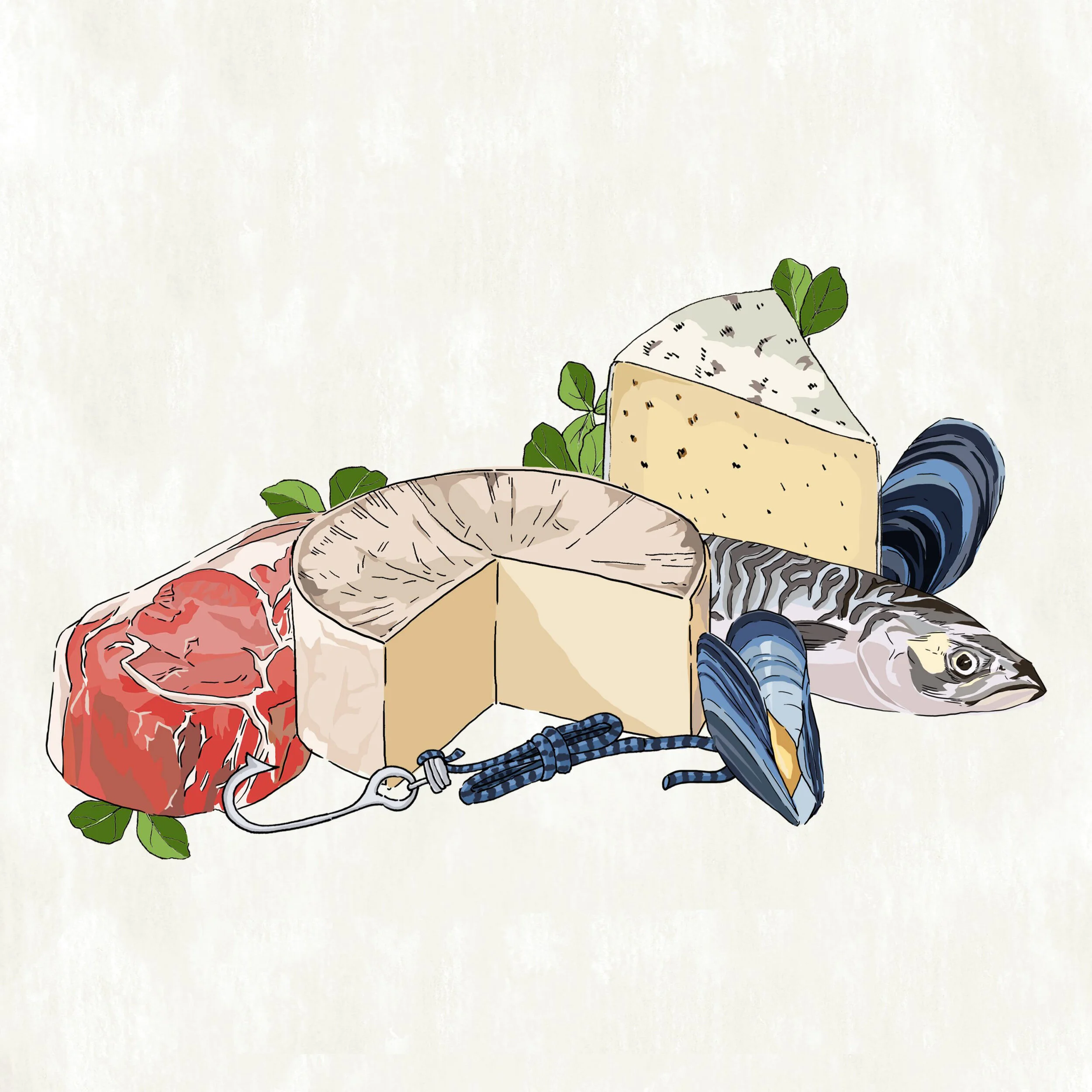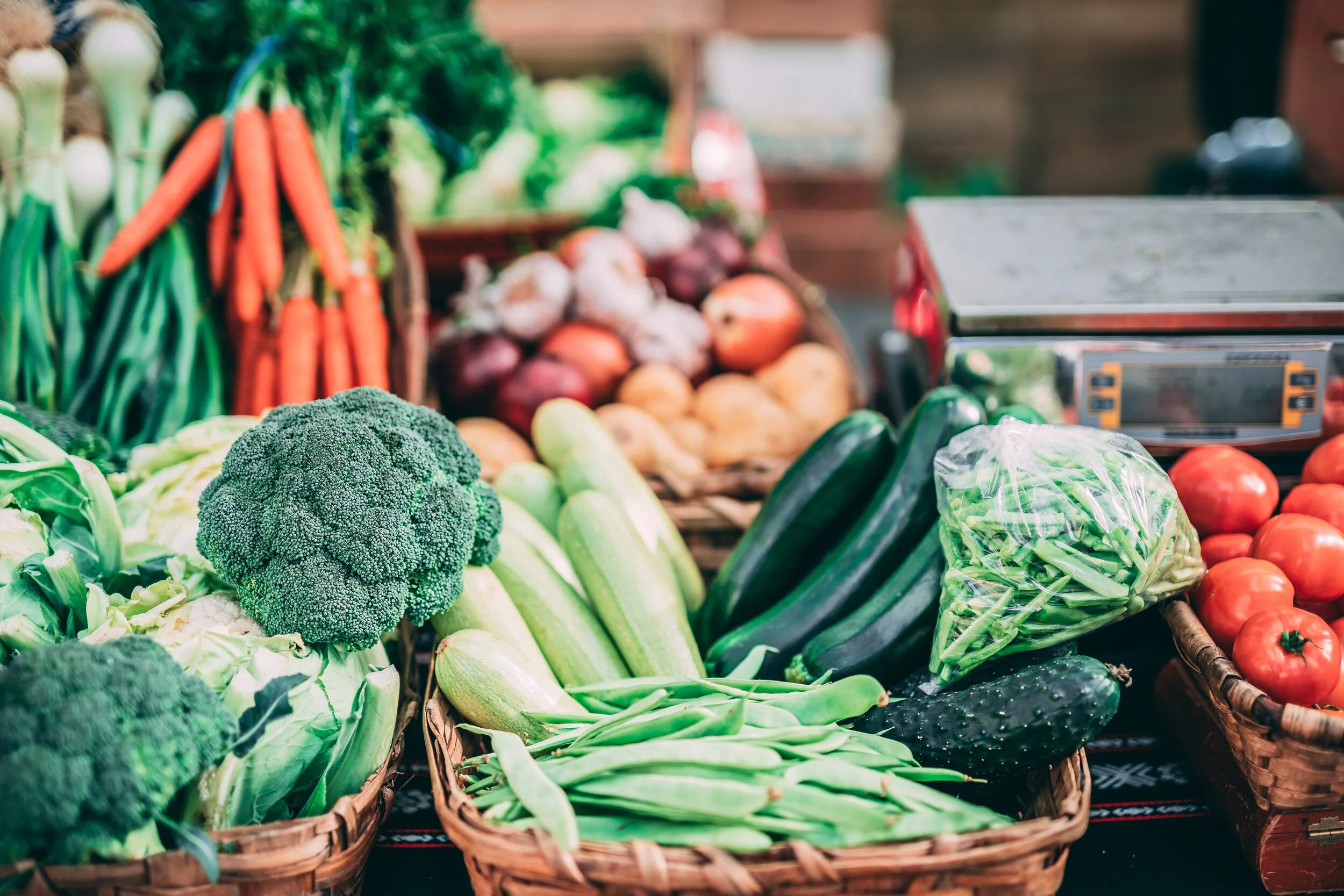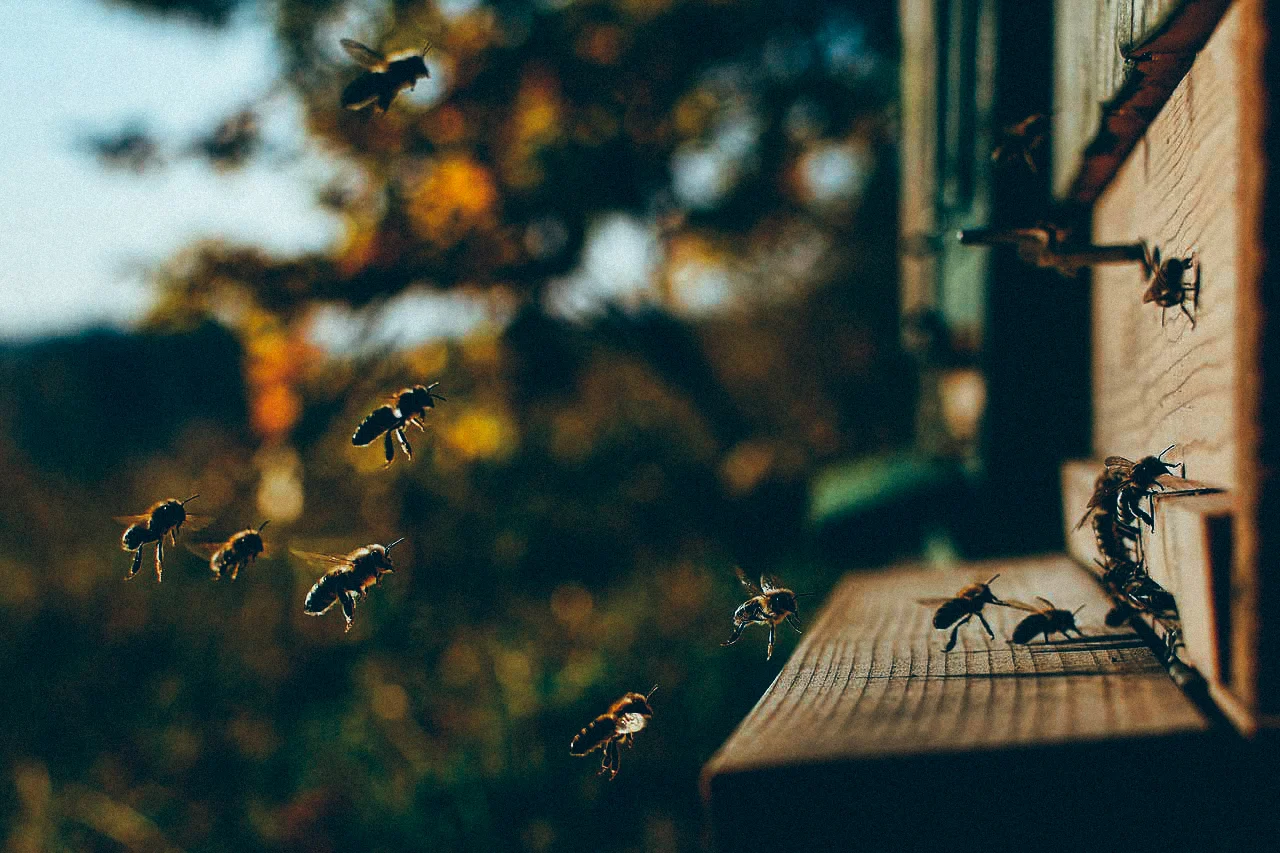
Everyone can do their bit to help mitigate the climate and biodiversity crises at any level of authority, from global politicians, to county councils, to local park keepers. Food and farming is a solution, a tool in the toolbox, that can be applied at various scales. The principles of locally and agroecologically produced food developed from the need to produce healthy environments, economies and people. It is an answer to our many troubles, particularly around areas such as soil health, food miles, community engagement, and carbon capture to name only a few.
Our recent report, ‘Food & Farming; A Climate Solution’, is authored for the attention of County Councils and Local Authorities in order to assist them with their decision making around these areas. We provide 9 suggestions on actions that they can take to nudge society into a healthier future for our planet, our wildlife, and also, us.
Recommendations for COUNTY COUNCILS:
Create a clearly defined food strategy / growing strategy
Assist with access to land – local authority smallholdings, agroecological land trusts, and saving county farms
Remove planning barriers for agroecological systems
Integrate support for agroecological farms and local supply chains into local development plans and new development site plans
Make additional land and buildings available to agroecological farmers, growers, processors and retailers
Support social enterprises, cooperatives, and community ownership
Instilling agroecological principles to the county’s parks and gardens
Source public procurement from agroecological means
Schools and education are key
This report was authored with help from the CSA Network UK for a conference of county councillors and other local authorities hosted by GreenHouse Think Tank in September 2019. The work gives context to food and farming in the UK, the developments in sustainable farming and outlines the main means of achieving through systemically addressing the emergency by building local and regenerative supply chains that provide (less and better quality) meat and dairy with a lot more fruit and veg.
Food Issues Census 2024-25 draws on insights from ~130 civil society organisations to highlight the challenges, priorities, and opportunities facing those working in, and organising around, food and farming in the UK today.
Listening is an integral part of working with the land. Once a universal practice for those who tended it, this connection has often been overshadowed in modern times by industrial protocols and mechanistic perspectives.
Gaia Foundation has been working with ‘Earth’s best custodians and defenders’ across Africa and the Amazon for the last 35 years, to restore and revive the knowledge and skills needed to protect nature’s greatest security net. The Seed Sovereignty programme was launched by Gaia Foundation to support a biodiverse, sustainable seed system in the UK and Ireland, ‘because a food revolution starts with seed’.





























